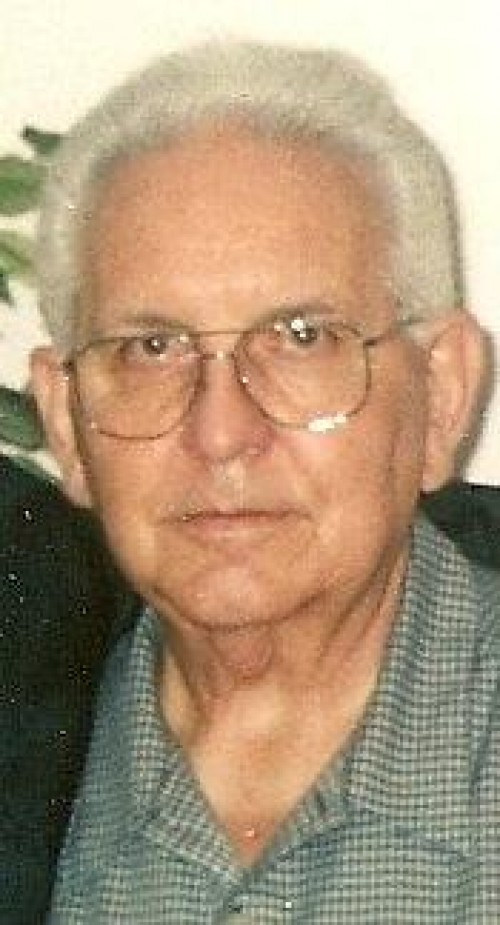
Arthur Porche, Sr.
September 17, 2007
Law enforcement makes arrest in 15-year-old priest murder case
September 19, 2007Two events concerning both of the Native American tribes in the Tri-parish area are happening this week.
The 17-minute documentary “Bayou Landfall: The Houma Nation vs. the Hurricanes” will have a first-time local screening tonight, Wednesday, Sept. 19, at 7 p.m., free of charge at the Houma Municipal Auditorium (800 Verret St.).
“Landfall,” shot by New York psychotherapist and cultural social worker Leslye Abbey, features members of the United Houma Nation talking about how they have struggled to overcome the devastation caused by hurricanes Katrina and Rita.
Abbey will be at Wednesday night’s screening for a discussion session.
The documentary was originally intended to be a promotional fund-raising piece, but was expanded by Abbey after she visited the tribe in 2006. The film received a festival award at the 2006 Long Island International Film Expo.
“Landfall” gives a short history of the Houmas, and addresses the tribe’s unsuccessful efforts to gain recognition by the federal government as an American Indian tribe.
Abbey has said that people who watched the documentary at the Film Expo knew nothing about the 16,000-member band of Houma Indians.
“The film has been shown internationally, but not in Houma,” said attorney Michael Billiot with the Liberty Law Clinic in Houma, which is sponsoring the screening.
At Wednesday’s showing, Native American drummers will be at the auditorium playing their instruments.
Unlike the Houmas, the Chitimacha Indians in Charenton in St. Mary Parish are a federally recognized American Indian tribe.
On Sept. 6, U.S. Rep. Charlie Melancon voted in favor of the Native American Housing
Assistance and Self-Determination Reauthorization Act, which, since 1996, has given federally recognized tribes greater flexibility in designing housing programs.
The bill passed in the U.S. House overwhelmingly.
Prior to the passage of the original Native American Housing Assistance Self
Determination Act in 1996, the federal government had more influence over American Indian housing issues.
“With the bill, instead of having the government design the housing program, the Indian tribes design the program and apply for a grant,” said Melancon spokesperson Robin Winchell.
The Chitimacha maintain a lobbyist in Washington, D.C., who represents the interests of the tribe as well as several other federally recognized Native American tribes.
Melancon talked to the Chitimacha representative to make sure the Act’s reauthorization would benefit the tribe, Winchell said.
“Housing is an issue for all Indian tribes,” Winchell said. “According to the Chitimacha’s
representative, the Chitimacha have a better situation than those tribes in the Plains States.”
“Approximately 40 percent of Indian reservations in the U.S. have inadequate housing, but the Chitimacha do not have some of the disastrous housing found in the West,” she added.
Marilyn Burgess, with the Chitimacha Housing Authority, said the tribe has “been getting the (federal housing) money forever. Its Indian housing Block Grant is through HUD. We send in the documentation. We’ve been doing it for a long time.”
Burgess said the Chitimacha do not receive a large amount of federal money for housing because the tribe’s need is not as demanding as bigger tribes.
Some housing is needed for low-income persons in the tribe, however.
The Chitimacha have 20 people on a waiting list to receive housing.
“Most people just go out and get conventional loans, but there is a need,” she said.
Part of the federal housing money is used to operate the tribe’s housing authority office.
Burgess said the Chitimacha formerly competed against other tribes for federal housing money, but now tribes “combine the money.”
“We build one house every two years,” she said. “Three years ago, we built two in one year.”



